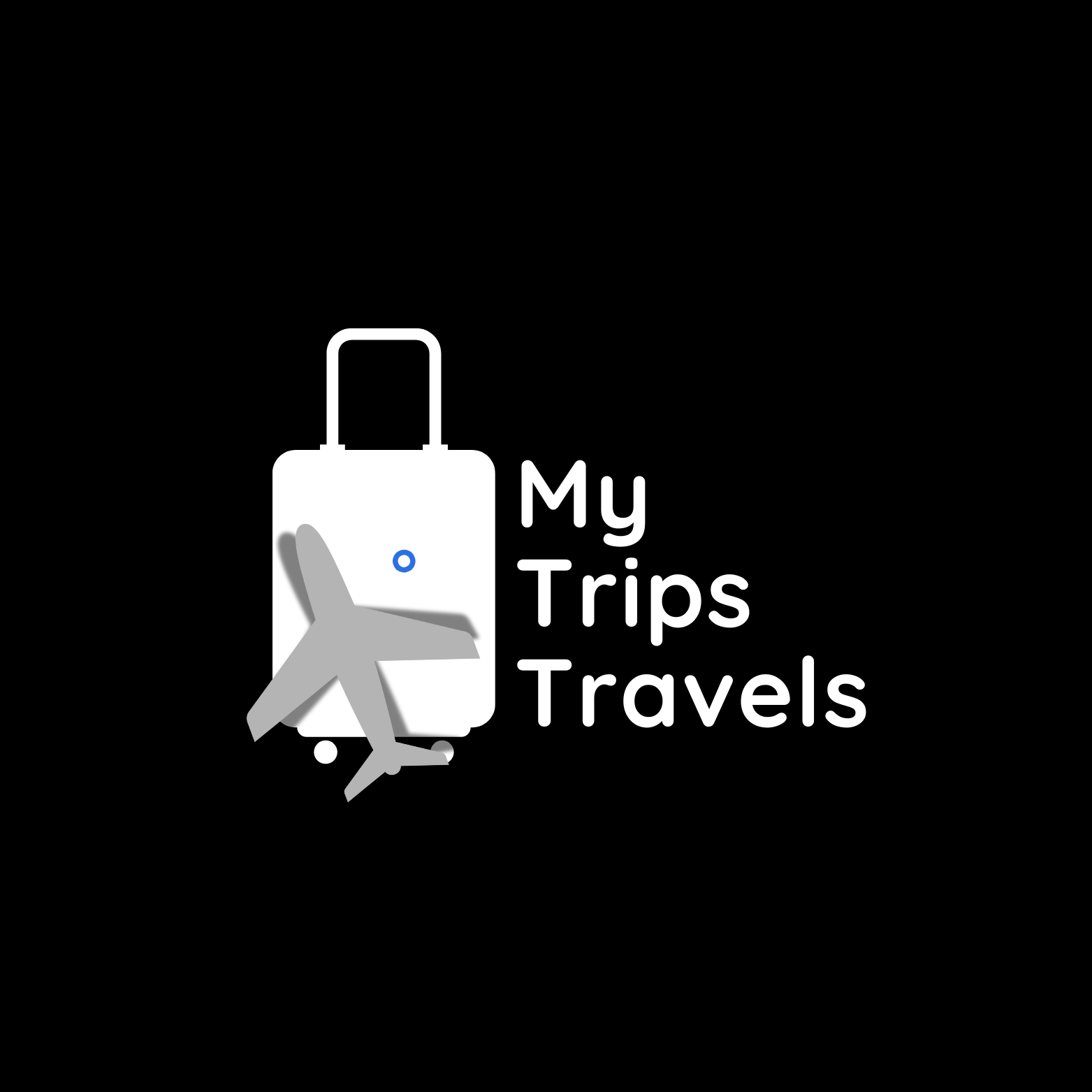The Secret Language of Pilots: What Those Radio Calls Really Mean
Pilots speak in a code that sounds mysterious to most travelers. Each exchange over the radio follows strict rules and uses precise terminology. Understanding this secret language can make your next flight feel more transparent and engaging.
You will learn why pilots use numbered squawk codes, how they request clearance, and what happens during emergencies. You will also discover why air safety relies on these clear exchanges.
When you are ready to Book Flight tickets, remember that this unseen choreography guarantees your journey’s safety and comfort.
Understanding the Basics of Pilot Communication
Phonetic Alphabet and Numbers
Pilots use a phonetic alphabet to avoid confusion between similar sounding letters. For example, they say “Alpha” for A, “Bravo” for B, and “Charlie” for C. They also pronounce digits individually, such as “Three Two Five” instead of thirty two five. This practice ensures that controllers and pilots hear each character correctly, even when the signal is noisy.
Standard Phraseology
Every pilot follows a strict phraseology manual. They never improvise words when talking to Air Traffic Control. They use set sentences such as “Cleared for takeoff” or “Request descent to flight level three five zero.” This consistency reduces the risk of misunderstanding. When pilots follow these scripts, controllers can manage dozens of aircraft safely in crowded airspace.
Key Phases in a Pilot’s Radio Calls
Clearance Delivery
Before an airplane moves, the pilot contacts the clearance delivery frequency at the terminal. They state their identification and request a clearance. For example, “Delta one two three, request IFR clearance to Chicago.” The controller replies with departure instructions, the route to be followed, initial altitude, and squawk code. This code appears on the controller’s radar and identifies the airplane uniquely.
Taxi and Takeoff
Once the pilot receives their clearance, they switch to the ground frequency. They report ready to taxi and receive instructions such as “Taxi runway seven left via taxiway alpha.” Pilots confirm these directions exactly as given.
At the runway, they contact the tower. The tower tells them when they may enter the runway and begin their takeoff roll. Pilots repeat the clearance back word for word to confirm accuracy.
Decoding In-Flight Communications
Cruise and Position Reports
After takeoff, pilots climb to their assigned altitude. They then switch to departure control. Once clear of the terminal airspace, they join the enroute center frequency.
Controllers track the airplane using radar and require periodic position reports. Pilots report their current location, altitude, and estimated time of arrival at the next waypoint. These updates help controllers maintain safe separation between multiple airplanes.
Emergency and Urgent Calls
In severe emergencies, pilots declare “Mayday” to signal grave danger. They repeat the word three times. Controllers then give the airplane immediate priority and clear other traffic.
For less urgent problems, pilots use “Pan Pan” three times. Controllers still handle those situations swiftly and provide assistance. Hearing these calls over the radio reveals how safety protocols take priority above all else.
Why It Matters to Aviation Safety
The radio language pilots use serves one critical purpose: safety. Clear communication helps prevent accidents caused by misunderstanding. It allows controllers to manage many airplanes in the sky simultaneously.
It also lets pilots share vital information quickly during emergencies. Without this structured dialogue, the risk of incidents would rise dramatically.
Behind the Scenes of Every Flight
When you book your next trip you probably just click on Priceline or check Expedia Flights without thinking about the complexity behind each connection. Pilots and controllers coordinate hundreds of radio calls for every Airline Flight to depart and arrive safely. Those codes and phrases ensure that no instruction goes unheard or misinterpreted.
The Passenger’s Perspective
Knowing a little about pilot radio calls can reduce anxiety. When you hear a pilot say “Check gear down and locked,” you understand they perform safety checks systematically. When you catch “Crossing one five thousand,” you know they report altitude changes precisely. This insight turns unfamiliar chatter into reassuring evidence of professionalism.
Conclusion
The secret language of pilots might sound like a foreign tongue, but it follows clear rules and serves a vital purpose. Pilots speak with one goal in mind: ensuring every Travel Trip and Trip Flight unfolds without incident. Next time you fly, listen for familiar terms. You will appreciate the teamwork between the cockpit and control tower.
This shared language keeps the skies safe. If you have further questions, feel free to Call Now, and let our Best Customer Service team assist you.

